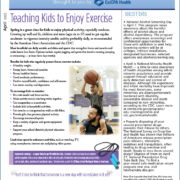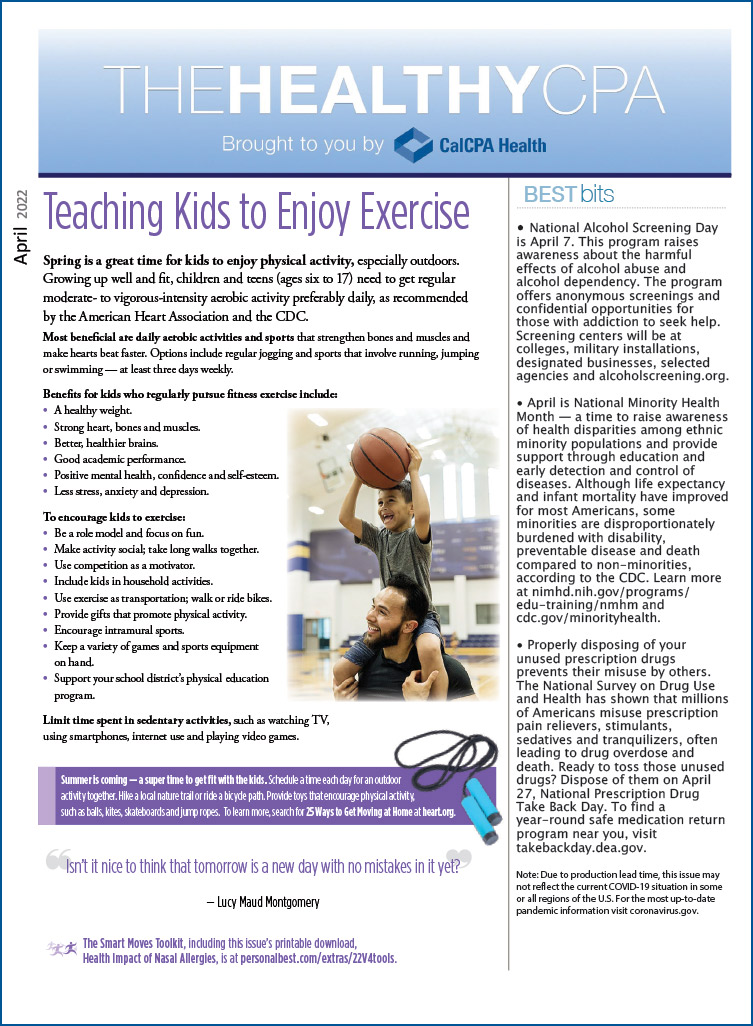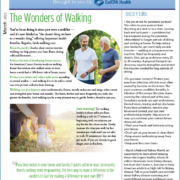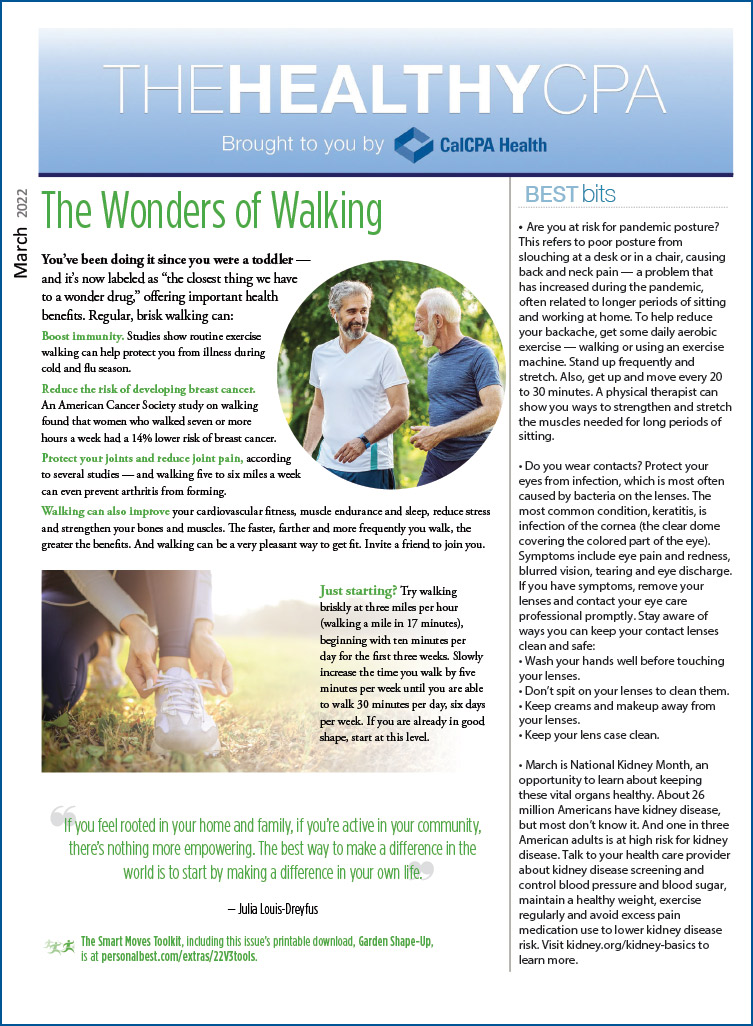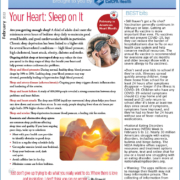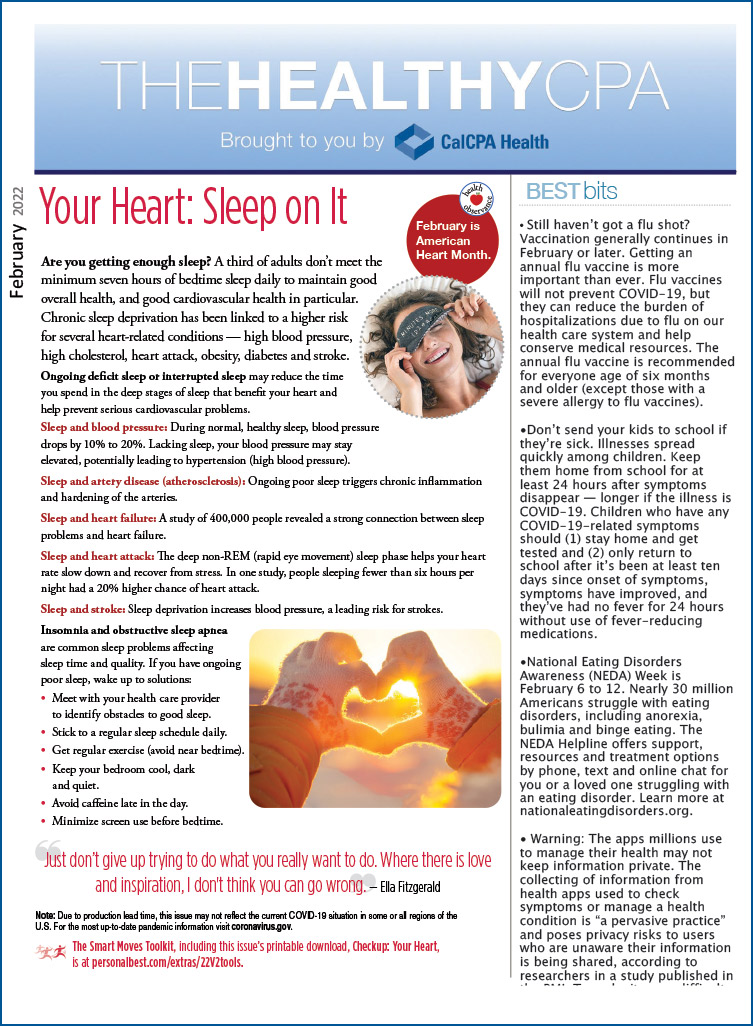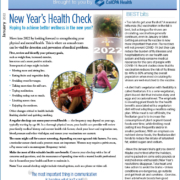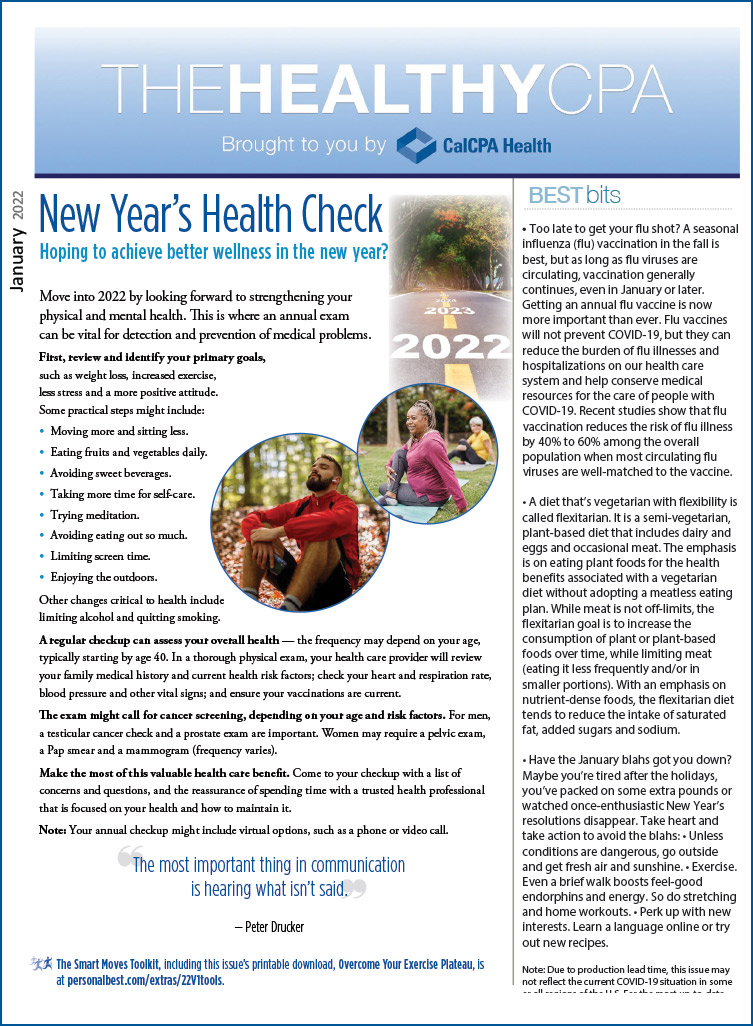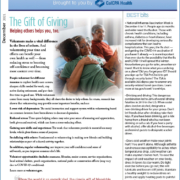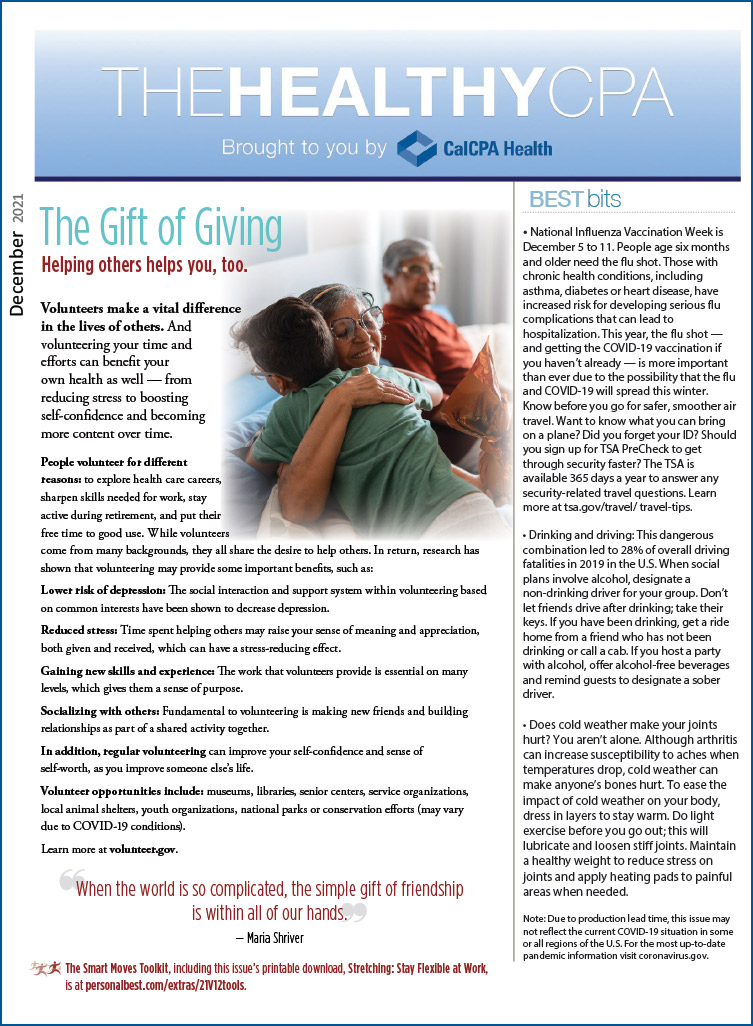Mental Health Month was established in 1949 to help reduce the stigma surrounding mental conditions such as depression, schizophrenia, and bipolar disorder. Mental health was never truly understood in early times, thus the reason people tried to hide their feelings and emotions so not to be judged and criticized by those around them. They didn’t have the tools and the knowledge to understand that mental health was an illness.
Times have changed and mental health is a conversation around the world with tools and treatment plans available to help those struggling with mental illness. Mental Health America (MHA) has the B4Stage4 Philosophy that everyone should take a moment to understand. The point is made that we do not wait years to treat cancer, diabetes, or other serious conditions and that when symptoms are first experienced, typically you are trying to get treatment right away. MHA notes that people should be paying attention to early warning signs of mental illness such as loss of sleep, feeling tired for no reason, feeling down or anxious, and other such symptoms. Read more

